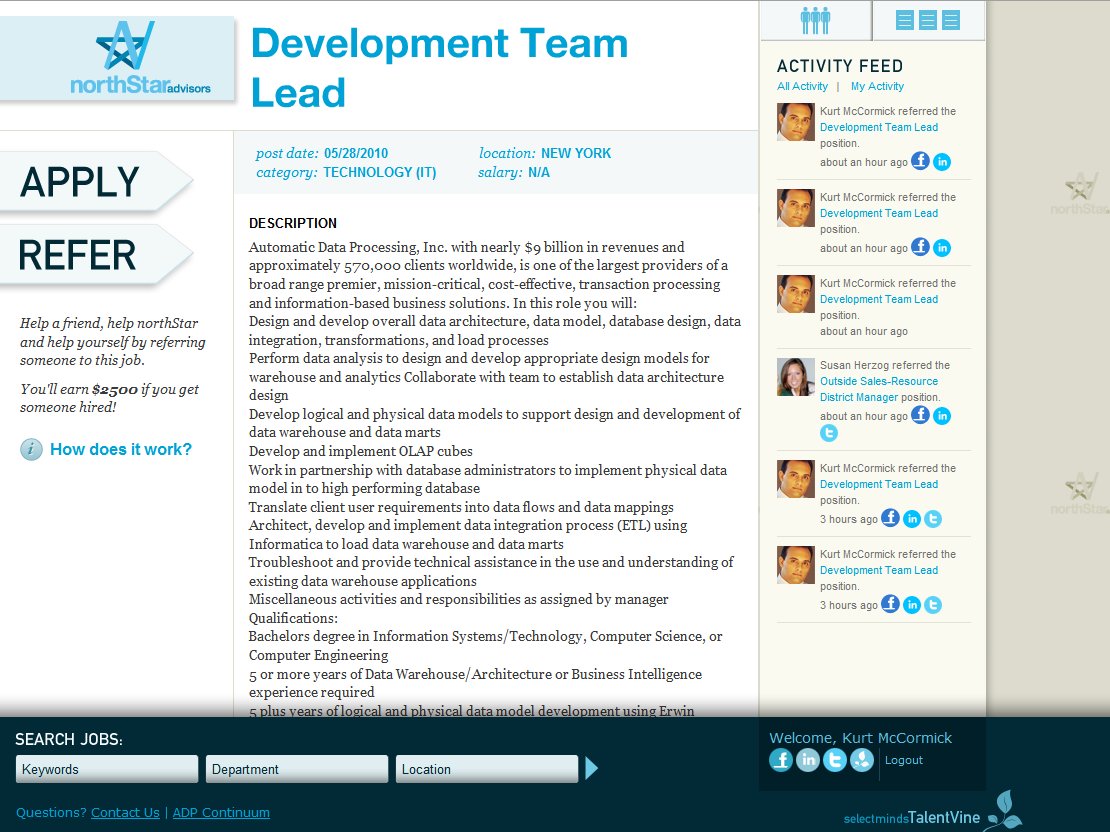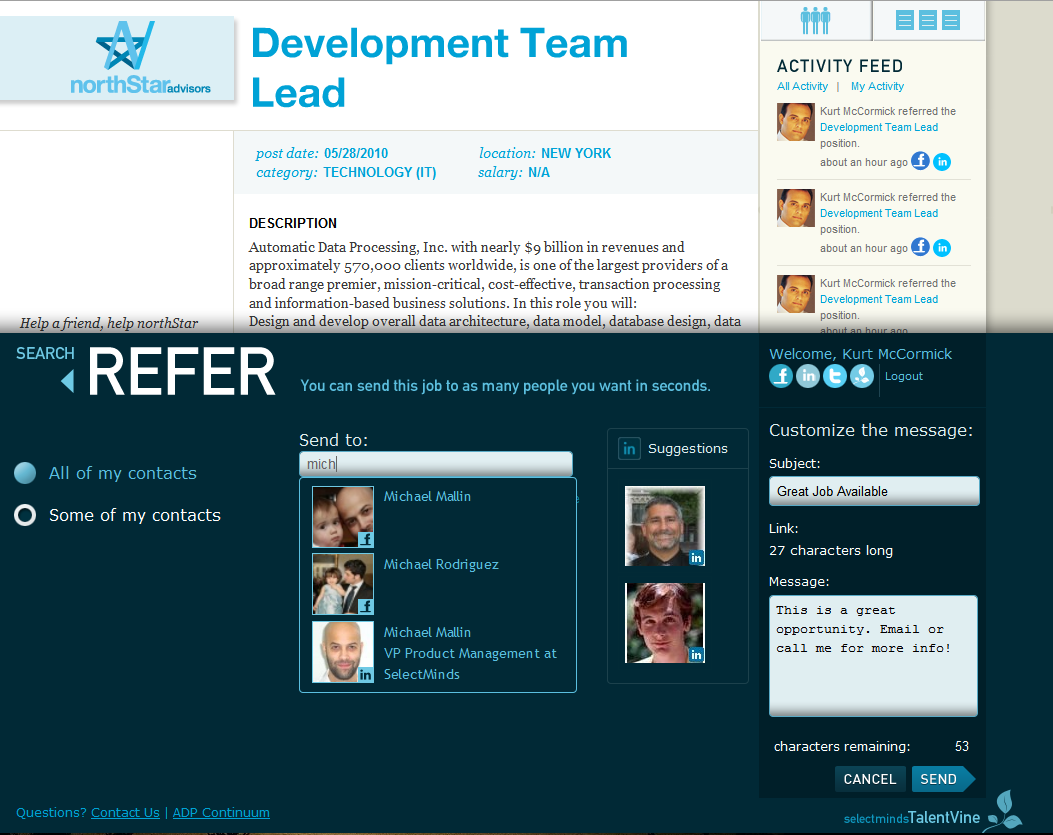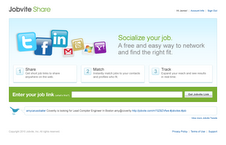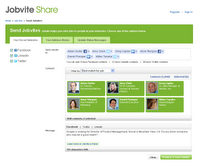Rolling the Dice
Let's say you were, after a lengthy tenure as a professional with one organization, suddenly and without time to prepare found yourself downsized, right-sized, or otherwise-sized and found yourself in the unenviable position of being out of work.
What are the first five things you would do?
And for now, let's eliminate from consideration any Johnny Paycheck - Steven Slater dramatic exits involving cursing out the customer or boss or flaming out on Facebook or YouTube. Face it, you are probably not that creative or interesting.
1. Call your spouse/significant other/drinking buddies.
2. Process the key question of 'When was the last time I did a resume?'
3. Do an amazingly fast mental calculation estimating the length of time certain prized luxury items (boat/Harley/comic book collection) may be at risk, and what you could get for them on Craigslist.
4. Call drinking buddies again.
5. Look online for potential openings.
I'd be willing to bet in those first five things you'd do immediately after being thrust into the role of job-seeker that you would likely hit up one of the major job boards and run a search for postings in your locality/industry/area of expertise. In the USA that means Monster.com, Careerbuilder, Indeed, etc.
But if you are in the broad category of IT professional, you'd certainly be all over Dice.com. Dice has been the leading job site for IT professionals in the US for what seems like forever. I personally found the most lucrative and long lasting IT contract I ever had on Dice.
A quick search of companies listing positions on Dice reads like page one of the list of the Fortune 500.
As a major job board in the IT industry, Dice enjoys top of mind status. But we all know the world of recruiting and job advertising has changed dramatically. The dawn of social and online professional networking, (essentially LinkedIn), has certainly affected how organizations and recruiters seek talent, and how individuals can find opportunities, connect with employers, and advance their careers.
Major boards like Dice are not immune to these changes, while seeking an opening on Dice or Monster might possibly be in the 'first five' things a job seeker would do, it seems more and more likely that actually making the needed connection to stand out in this incredibly tough job market can't really happen via the old-school job board. Following, friending, liking, connecting - whatever you call it, to many these are the new paradigms in the job search.
And the folks that run the big job boards understand this. They're not stupid. They know the world is changing, and that their services have to change as well.
Tonight at 8PM EDT on the HR Happy Hour Show we will talk with one of these leaders, Tom Silver, SVP of Dice.com to get a better perspective on how leaders of big boards assess the recruiting landscape, how they are meeting the new challenges, and how the overall market for IT work and workers is faring.
You can listen to the show on the show home page - here, or via the widget below:
You can call in to listen and participate - 646-378-1086.
I hope you can join us for what should be an interesting and informative look behind the scenes at Dice.com.

 Steve
Steve







